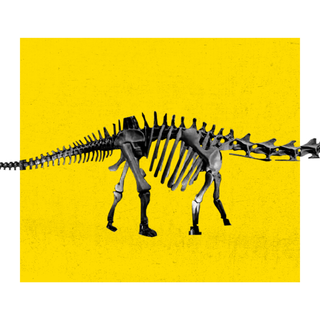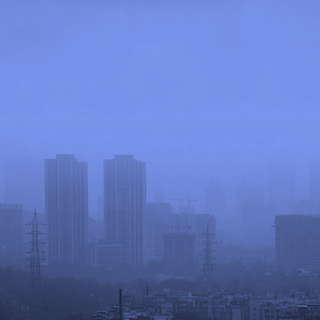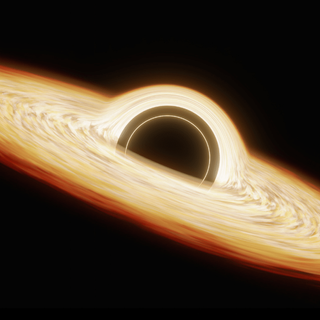“It’s a bit of a wild west out there,” a researcher recently noted, referring to the Earth’s orbit. What may feel infinite and vast is, instead, turning into a crowded arena — one littered with space debris. The extent of orbital debris is such that it could circle the Earth in Saturn-like rings, a new, concerning simulation showed.
Currently, thousands of derelict pieces of space junk are circling the Earth; these include everything from dead satellites, debris (from previous collisions), old rocket bodies, lost items (things can get lost in space too).
The problem of space junk is one as old as humankind’s ambitions over the last century. So when Russia earlier this month blew up a 4,850-pound satellite to test a weapon, it set off several alarms. It generated a massive amount of shrapnel that is zipping in hyper-speed around the orbit. The amount of space debris has increased at least by 10% due to the incident, Jonathan McDowell, an astrophysicist at the Harvard-Smithsonian Center for Astrophysics, estimated.
The problem is striking. Space junk of any kind poses a remarkable threat to astronauts, satellites, andthe International Space Station (ISS). “The danger lies in a possible collision between objects that are hurtling around at 17,000 mph (27,400km/h),” The Guardian noted. Even a fleck of paint at that speed poses a risk to the ISS or the humans in them. The Russian satellite incident generateda cloud of fragments (estimated to be around 19,000 pieces of debris, it could be much higher), so much so that it woke up astronauts who prepared to evacuate the threatened space outpost. Any rogue piece of shrapnel could “pulverize instantly a satellite and completely destroy it.”
But it’s not a problem contained to space. Any collision can have a ripple effect: there could be internet trouble, weather services and imaging, research around climate change. It may also disrupt spying efforts by international agencies.
If the problem continues unabated over the next three or four decades, it could result in what is called the “Kessler Effect.” Space debris generates more space debris, which increases the chances of collisions. Eventually, there may be enough debris to trigger a cascade of collisions between smaller and smaller bits of space junk — this will effectively render the Earth’s orbit unusable.
Related on The Swaddle:
Japanese Scientists Are Developing Wooden Satellites To Minimize Future Space Junk
Don Kessler, a former senior scientist for orbital debris research at NASA, had earlier voiced concerns about the threat. This was back in 2018 when Elon Musk’s SpaceX announced plans to launch thousands of satellites in the orbit. A bunch of companies since then have shared ambitious plans to put more bodies (as many as 65,000 spacecraft) out there.
“Spent rockets, satellites, and other space trash have accumulated in orbit increasing the likelihood of collision with other debris,” NASA wrote in 2016. In 2009, the Russian satellite Cosmos 2251 slammed into an Iridium communication satellite, creating some 2,000 pieces of debris in the process.
Experts note the growing environmental crisis may also add fuel to the metaphorical fire. Everything that goes up must come down, but due to the extra CO2 in the atmosphere, the space junk is staying up longer, posing a risk to the orbit.
Ideas to clean up space range from regulating the hardware of satellites to posing international regulations. But “the problem” – like with the environment – is that there is little incentive for individual countries to avoid generating debris or clean it up,” ScienceWire noted.
Some newer initiatives involve actively capturing bits of debris in space. Recently a company announced it will recycle dangerous space junk into rocket fuel – in space. “It’s like developing a gas station in space,” Herve Astier, of Australia’s Neumann Space, told The Guardian. Recycling the junk, instead of capturing it, is another way.
Remember the math problem, where there’s a tank, one pipe can fill it in x hours and the other can empty it in y hours? This problem, when applied to an orbital scenario, is that humanity is adding space junk at a rate faster than it is clearing out the arena. The crisis of space junk is one of overpopulation, to a disastrous degree.
It is, as Al Jazeera called it, the “rubbish you didn’t see coming.”




